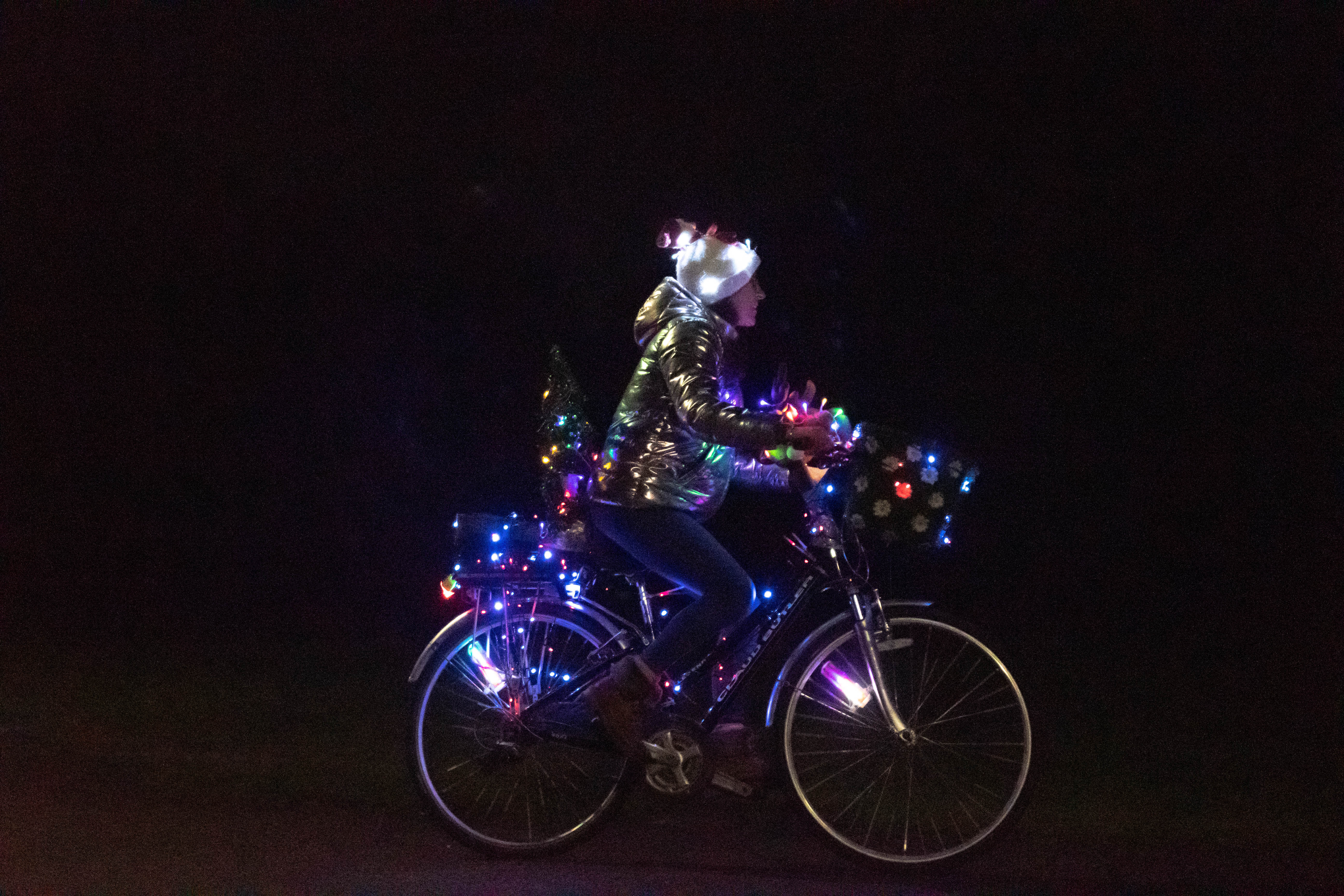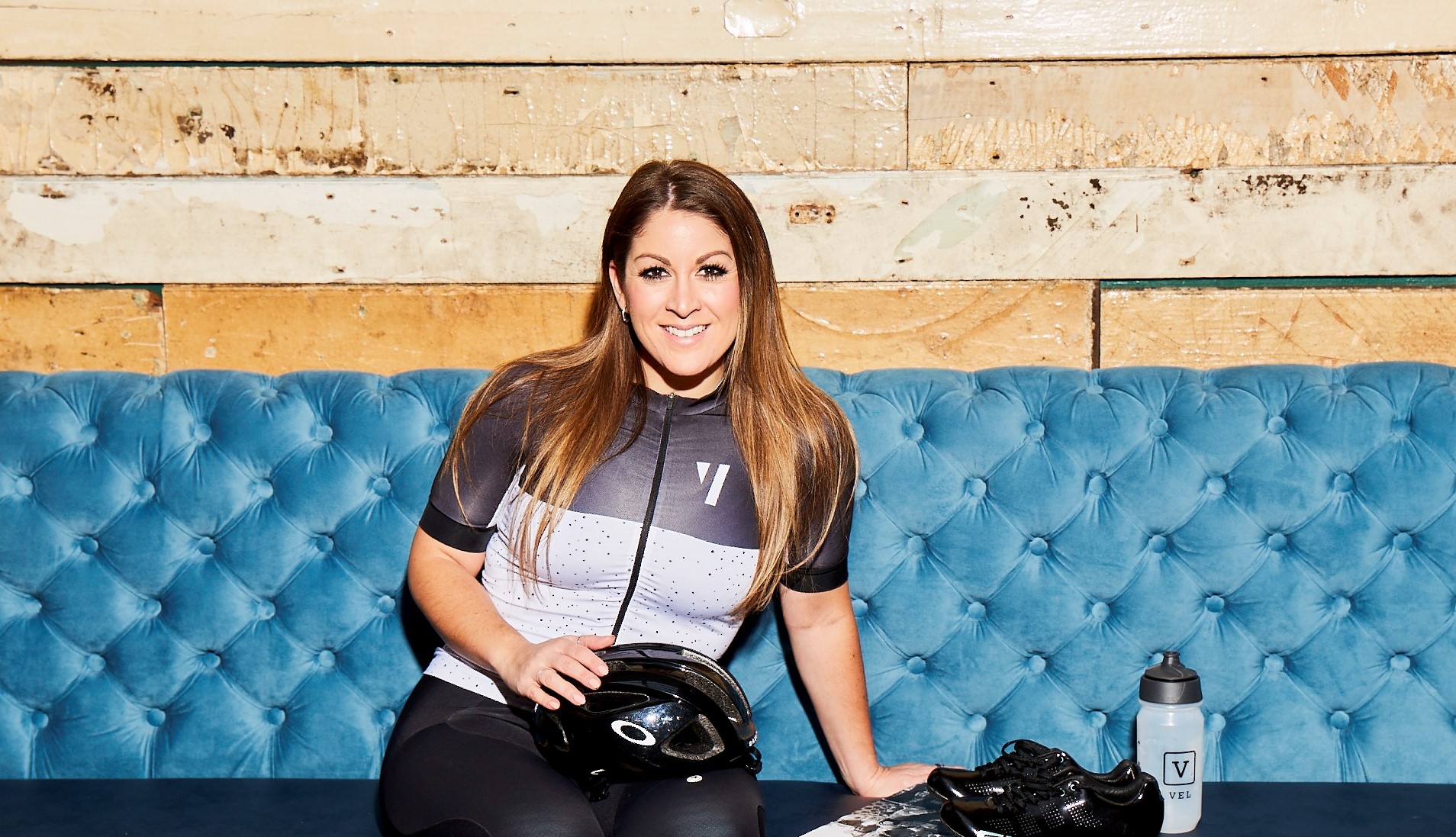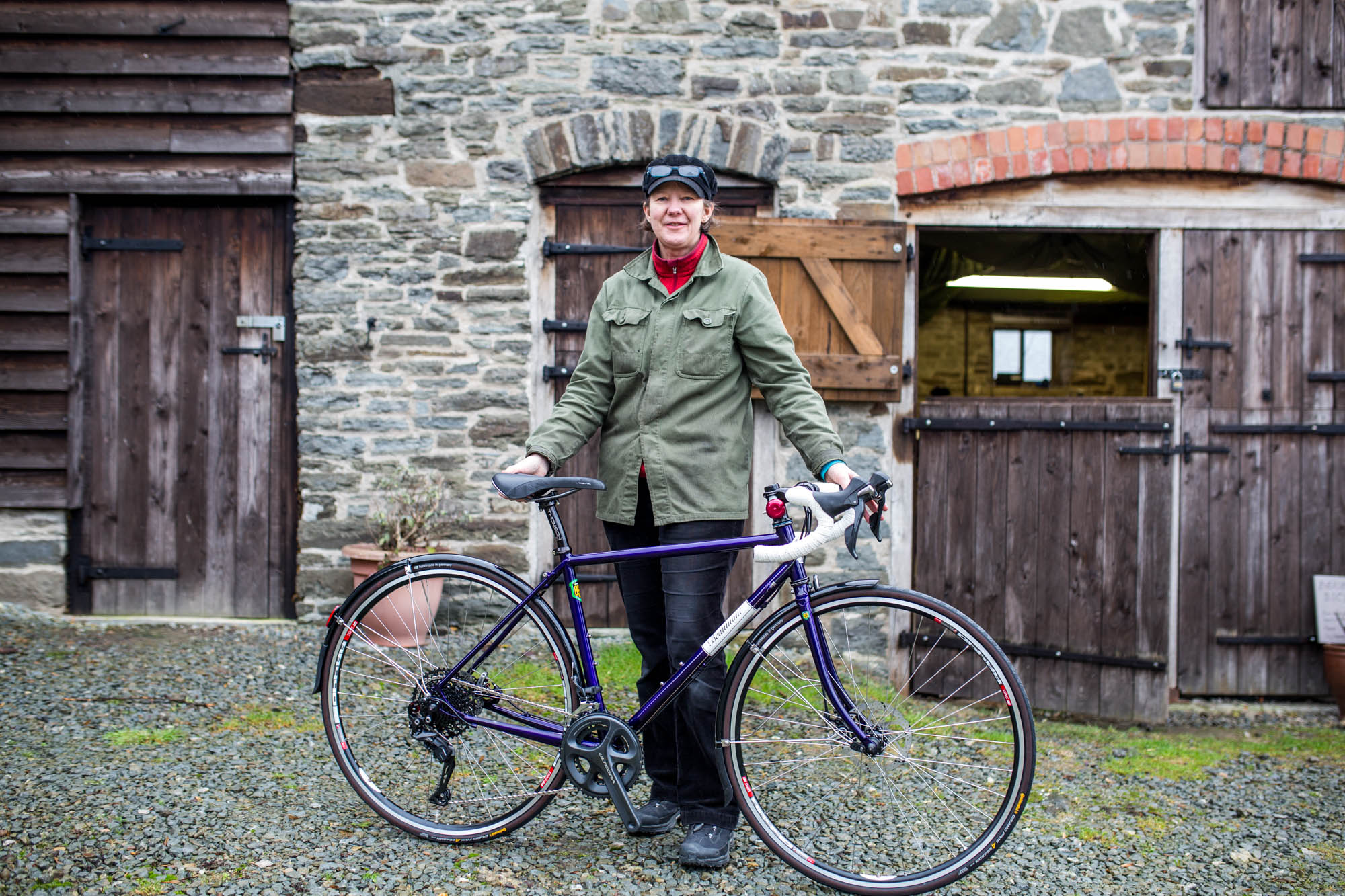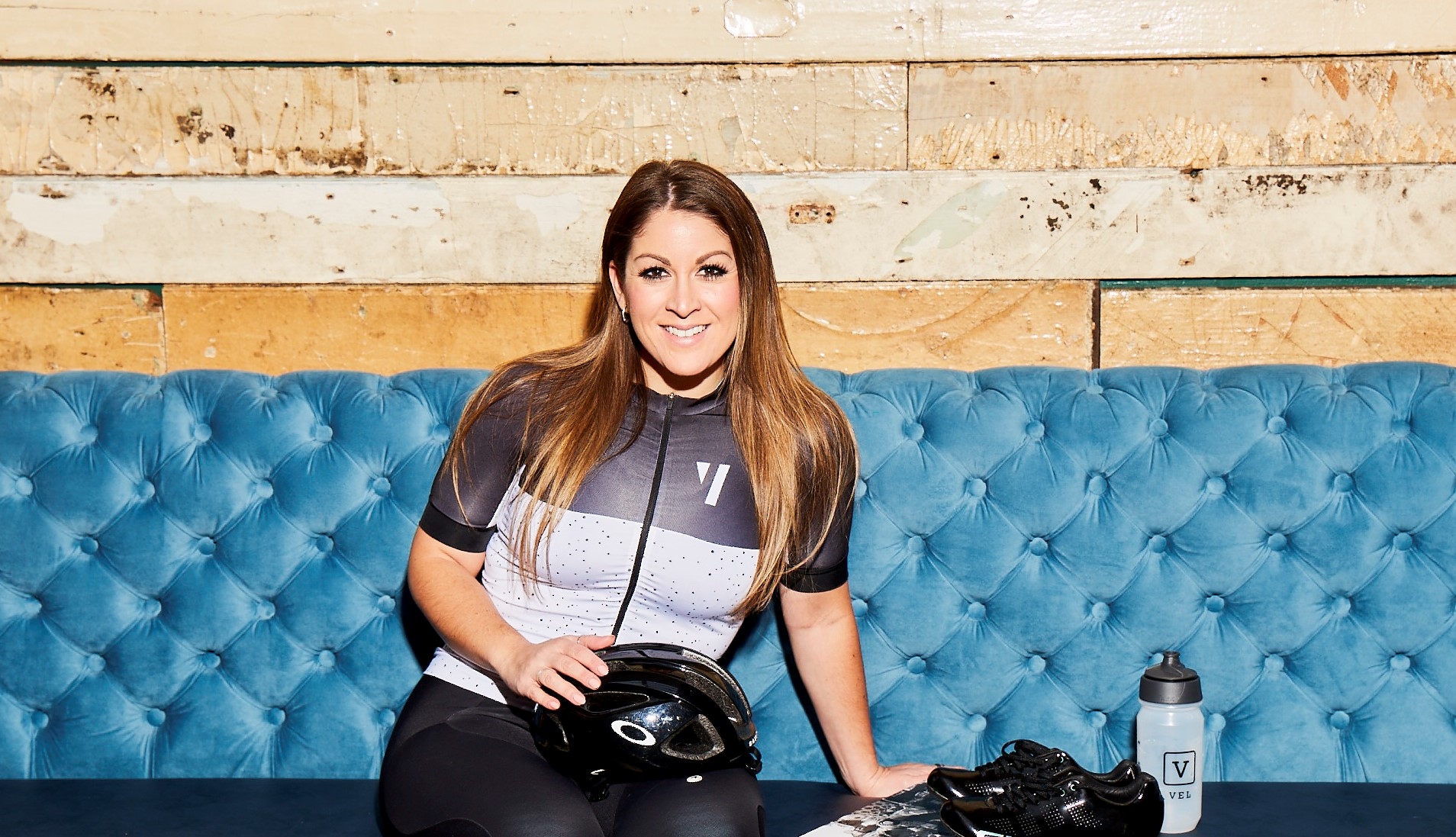Agony Aunt Rebecca Charlton helps with your winter cycling confidence
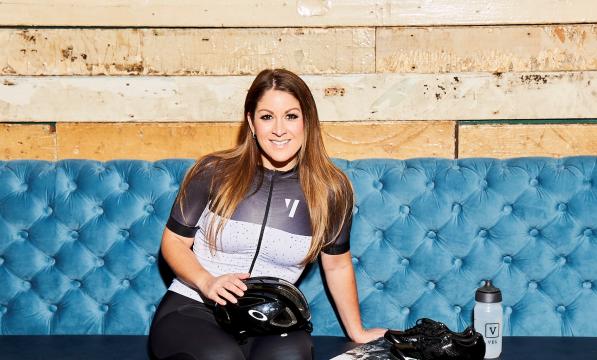
I'm struggling to find a truly breathable and waterproof outer jacket. Endura and Altura seem to be winning, Gore have only black and I would like a hi-viz yellow, I like to be seen. Help! Di
Don’t worry Di, help is on its way. This is an age-old discussion in the world of cycling: ‘How do you stay dry but not feel like a boil in the bag fish?’ and at times it feels like you’ll never find the answer.
I’ve endured many a sticky ride over the years, but, the good news is things have come a long way and there are products that strive to deliver the best of both worlds - you just have to hunt for the right attributes. Unfortunately, having tried a plethora of ‘breathable rain jackets’ I have found that many do eventually let the rain in. So I would say, if you can stretch to two items that would be one solution. One for ‘a chance of light showers’ and a more heavy duty one for those downpours where you accept you may be a little warm at the end of it.
A lot of products that appear black, actually integrate subtly reflective fabrics, front and back, and I mean ‘subtle’ until a headlight shines on them, then they light up like an over-decorated Christmas tree. Like you, I’m a huge fan of high-viz yellow which happily is featured for fashion and functionality on so many stylish jackets now, however it is worth looking for reflective fabrics such as ProViz or Metier Cycling, depending on your budget too.
For unforeseen showers my go to is the Castelli Gabba and if there is a definite chance of rain, I’d opt for their women’s specific rain shell, which is silver, highly reflective and I find it to be pretty breathable but again, if you need to look south of that price point you could do worse than the B’Twin range at Decathlon, I’m a big fan. Again I’m not sure they offer full yellow but they do consider the detailing effectively.
Endura and Altura do brilliantly on the high visibility rain jackets, but check before you buy how waterproof they are tested to be and if that’s fully, whether they claim to offer breathability. The descriptions tend to be pretty honest.
Enjoy the wet rides, it always makes that cuppa at the end even more worth it.
Rebecca
Yesterday I did a 24 mile off road ride, (I usually do anything from 20 to 35 mile rides at the weekend and about 10 to 15 miles in the week). At about the 17 mile mark I was done in and struggled the last seven miles back to the car, then felt terrible for the rest of the day. I kept hydrated and stopped and ate a nutrition bar twice on the route, I had also had a good breakfast. This is the first time I have struggled so much, has anyone else experienced this? Janet
I’m really glad you’ve asked this question Janet because there are so many factors that come into play here and it’s something we all experience, you’re not alone. Now, I haven’t seen the elevation of your ride or the wind direction but these are two major factors that people often don’t consider in their level of fatigue so I’m wondering if this came into play?
I find 24 miles off road incredibly fatiguing but it sounds like you’re very used to it. That said, I know so many riders that will say how much mileage they can cover but of course a flat 24 miles is a far cry from a wet, windy, technical 24 miles with a lot of climbing thrown in. Sometimes the weather conditions alone make me feel like I’m grovelling my way round, until I realise I am battling a ‘weather warning’ scale head wind. Psychologically this can leave you really wondering why you struggled so much.
If this ride was one you’re very familiar with and the route wasn’t any more or less challenging than it typically is, it may just have been one of those days where you’re not feeling it and yes, that definitely happens to us all. It could be hormonal, the fact that you had a busy day the day before, or you were battling an underlying cold and your body needed a break. The details of eating and drinking you’ve mentioned here are really important because these are usually the first things I’d consider in the dreaded ‘bonk’ (complete depletion) - it sounds like you have this nailed so I would definitely say it was one of the other things I’ve mentioned above.
I think sometimes we need to recognise we feel a bit rubbish and turn back early, or find somewhere for a coffee and a sit down. Listening to your body is really important.
Rebecca
I’m getting ready for winter cycling. What sort of things do I need to purchase so coldness cannot be my excuse? For example what clothes do people wear, what do you do about gloves and how do you deal with freezing cold wind in your ears? Ellie
Dear Ellie,
I’m laughing to myself over here at the excuse line. I’ve spoken to people so much about trying to remove my own excuses like: ‘Oh, I can’t find my favourite sock…I’m not going to ride today.’
Up until recently we’ve all got away with summer or intermediate kit choices but I fear at the time of writing this, that’s all about to change. Personally, I won’t go out in the thick of winter without a good pair of overshoes, heavy-duty gloves and something over my neck and ears. These are the areas people often forget to cover and it really can turn an enjoyable ride into a miserable one. There’s no point in buying a great jacket but losing the feeling in your feet. (Yes, I’ve made this mistake). As with anything in cycling, you don’t necessarily have to spend the most to get the benefit. Cycling specific headbands or thin hats that fit under your helmet are great but so are buffs or a wide everyday headband that you can pull over the tops of your ears.
When it comes to gloves, I’ve tested many, many designs and I need something pretty thick or double layered to really feel the benefits on long winter rides. My favourites are the waterproof, thickest winter options from Assos and Sealskins, at two different price points. I always think, if you’re only going to purchase one pair, go thicker and you can always pop them in your pocket if they’re not needed. There’s a plethora of options for spring and autumn if you want to invest in a selection.
When it comes to overshoes it’s really personal to you as to what fits. I have a neoprene option and a fully waterproof pair as well depending on how wet it’s going to be. I have very short legs leading to the flattering assessment that I have ‘Cankles’ - well, I’ve learned to love my cankles but it does make zipping overshoes up over my calf muscles tricky, so I look for a pair that will stretch well over not only my shoes, but my legs too.
As for the rest of your outfit, I suggest layering is key and it all starts with a really good base layer. These vary wildly in warmth, so invest in a really warm, long sleeved base and work up from there. A thick pair of winter tights, a jacket and a waterproof shell, should see you through.
I like to mix the high end with the budget so shop around if you have a good few items to add to the wardrobe.
Rebecca
I am only going to be doing short journeys, not on busy roads - but even still, I feel a little bit nervous of the thought of being on the roads in London, as a beginner cyclist. Do any of you have any tips or any wisdom to pass on that you wish you had first known when starting out on your cycling journey? Any advice or tips will be greatly appreciated. Eve
Dear Eve,
Firstly, I think it’s brilliant that you’ve managed to plan a route away from busy roads. I always start by telling first time London commuters to plan and recce a route while the roads are quiet so you confidently know where you’re going, removing the element of distraction, and so you can avoid the busiest thoroughfares. If you are going on a busier section and if you end up coming up to a big junction or multiple lanes that you don’t know how to navigate, there is no shame in getting off and pushing your bike on the pavement until you reach the next safe section, or seeing if there’s an alternative bike path you may have missed.
Something I’ve learned from years of city commuting and riding is always, always look before you make any move to check it’s safe. If you feel it is safe then be assertive, decisive, clear and confident in your signal and movement.
And very importantly, don’t allow other road users to pressure you into making a move you’re not confident with! If another cyclist decides to go up the inside of a bus and you don’t deem that a safe decision - do not follow. If you’re waiting at a junction and a car behind is pressuring you to go, remain confident in your judgement, you are the one that can see the road ahead and know when you are safe to manoeuvre at your pace.
Take your time. The more time you can leave yourself for your commute the better, this avoids rushing and decreases the likelihood of making unadvisable decisions in the moment. Also carry everything you need to change an inner tube in the event of a puncture. Two spare tubes that fit your wheels, tyre levels and a mini pump are essential.
Although we shouldn’t have to think like this, I always take the cliched approach of expecting the unexpected. Sadly there have been many occasions where despite having the right of way I’ve had to react to the mistake of another road user and the more you can arm yourself with the tools to deal with these situations, the better. Keeping your eyes up ahead and anticipating any approaching side roads for example can mean you’re ready to react if someone unexpectedly pulls out.
Look out for parked cars with their wing mirrors out, look over your shoulder and give yourself a bit more space when you pass that vehicle. You can’t worry constantly about the potential mistakes of others, but you can be alert and confident that you’re as prepared as you can be to react in the best way you can. There’s a lot of advice here on safety considerations but cycling is a wonderful way to get around, more popular than ever and brings a world of wonderful benefits.
Rebecca
Hi, I’m rather a timid occasional cyclist in my late 60s. I find that I’m becoming increasingly anxious in traffic and wonder if a rear mirror would give me more confidence. I’m a bit inclined to wobble when I try to look behind. I have had a look but as with so many other things, there’s a bewildering choice. Please would you advise me? Thanks in advance. Sally
Dear Sally,
Thanks for your question. Riding in traffic can of course be daunting so do fit a mirror if that helps you feel safer. I think the main thing to consider when buying anything to attach to the bike is that it’s compatible with the size of your bars and is fit for purpose. However, I think building your confidence and steadiness on the bike is the most important thing you can do here.
When we look over our shoulder it serves more than one purpose - it helps us to make a manoeuvre safely by seeing what’s close by and it indicates to other road users that we are potentially about to make a move. Body language can have a huge impact. As hard as it can be, the more assertive you can build up to being, the less timid you’ll feel on the road as a whole and there are so many practical ways of doing this.
When I was growing up, I spent many hours on the velodrome. One exercise we used to do was distancing ourselves safely from other riders and riding a whole lap looking over our shoulder. You realise how much everyone wobbles at first but it quickly improves and practice makes perfect. If you have an outdoor track close to you, this can really increase your ability to hold a confident, rock steady line when you’re glancing back, so take a look at the sessions available. If this isn’t an option for you, I’d suggest heading to a quiet area, like a local park and practising not only looking over your shoulder but taking one hand off the bars, taking a drink bottle and generally going over anything that makes you nervous in traffic. If you can rope in a friend, all the better.
We all want to be as safe as possible on the road so thank you for raising this important topic. While it can be sadly unpredictable out there, you can arm yourself with the best knowledge and practice to feel bold. And none of us are ever too old to learn new tricks!
Rebecca

